Boutique coffee tasting and taste training | how should beginners develop their own sense of taste?
Professional coffee knowledge exchange more coffee bean information please follow the coffee workshop (Wechat official account cafe_style)
Today, the editor will introduce to you the taste of coffee-why the third wave of boutique coffee is so charming, and how to develop your own taste.
You used to hear people say "good coffee". Now you may hear many adjectives in addition to "good coffee":
"Why is there the scent of flowers?"
"Why does it smell like blueberry?"
"Why does it smell like sweet potato?"
Is this really a description of coffee? Right.
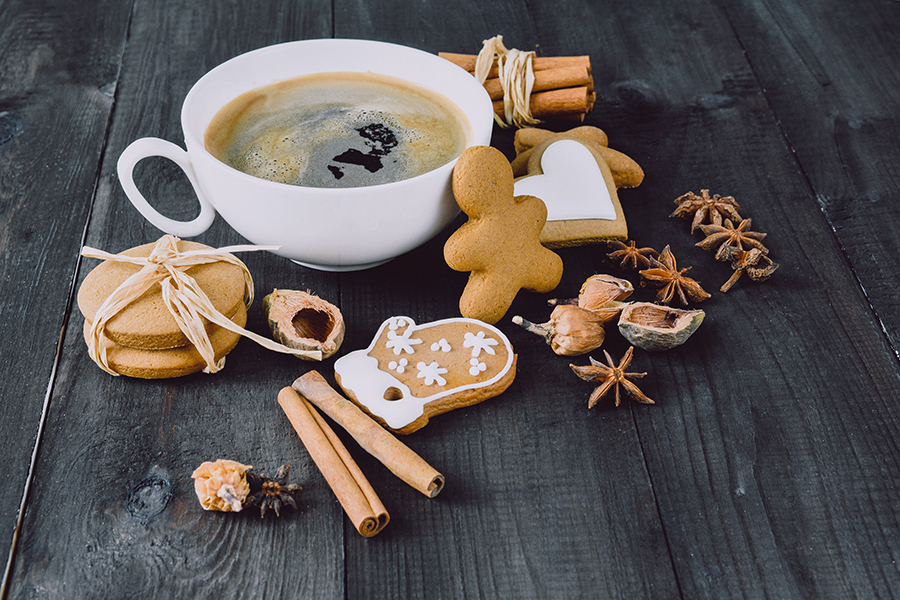
From the deep baking in the past to the shallow roasting now, from the former futures commercial beans to the present boutique coffee beans, the "coffee taste" in the past impression has been greatly different. If the previous coffee can only use "sweet, sour, bitter, mellow, fragrant" to describe its flavor. Boutique coffee subdivides these five taste buds:
Black sugar or honey?
Lemon or citrus?
Herbs or chocolate?
Wine or milk?
Tobacco or wood?
Many aroma and taste elements are baked and brewed through planting treatment, all in the amber liquid, waiting for the drinker to discover.
Is it complicated? Yes! It's getting complicated. But with every sip, there may be surprises (and, of course, shocks.) The impression of coffee will no longer be just after adding sugar and milk, coffee fragrance and frankincense mixed, a little bitter, a little sweet, the kind of balance formed by external addition. Coffee becomes simple, simple and pure. But the flavor is by no means simple. Even better.
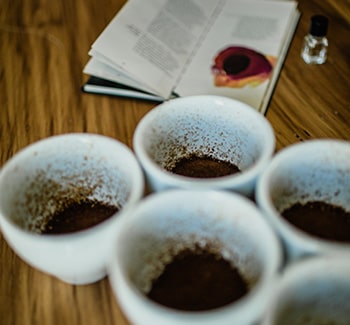
Coffee beans are obtained from the processed fruits of coffee trees, so they are actually similar to the fruits we usually eat. The only difference is that we usually eat pulp, but in the process of processing raw coffee beans, the pulp components will infiltrate into the raw beans, and then through baking, the various ingredients in the raw beans will be polymerized, cracked and transformed, and finally become what we see as coffee cooked beans.
Thus it can be seen that it is not impossible for us to drink fruit-like flavor in coffee, coupled with a variety of aromatic organic polymers produced by caramelization, if the fragrance of flowers and wine, mixed or unique to seduce the sense of smell, just smell can make people want to go into Pianpian--
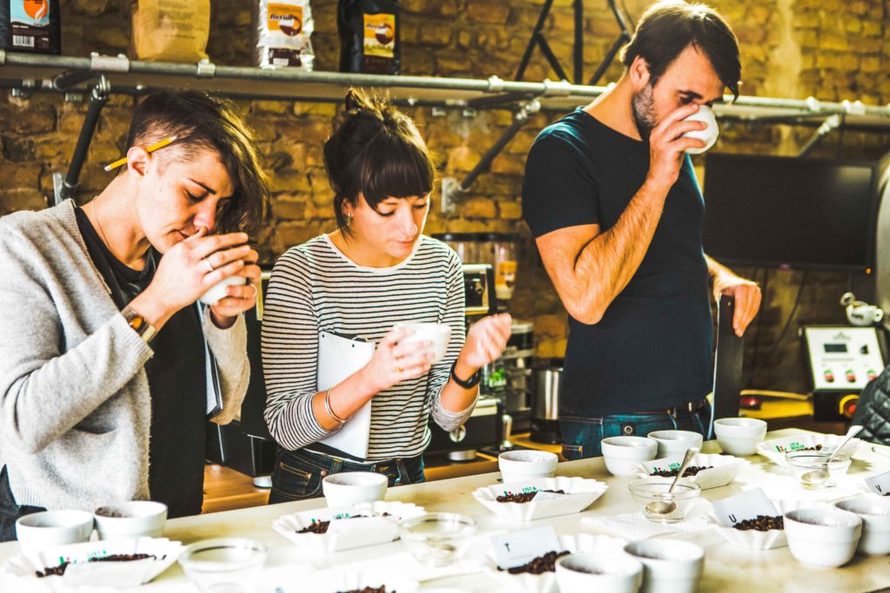
Besides the sense of taste, coffee is sour in nature. It's not good to be sour (not just sour, of course).
If it is fatty acids such as citric acid and malic acid, they will react with caramel to form a sweet and sour feeling, which is a pleasant acid.
Too much acetic acid is reminiscent of the sour taste of overfermentation, so it is an unpleasant acid.
If you are still afraid of sour, choose medium-and deep-roasted coffee beans: the more sour you roast, the more bitter you will be.
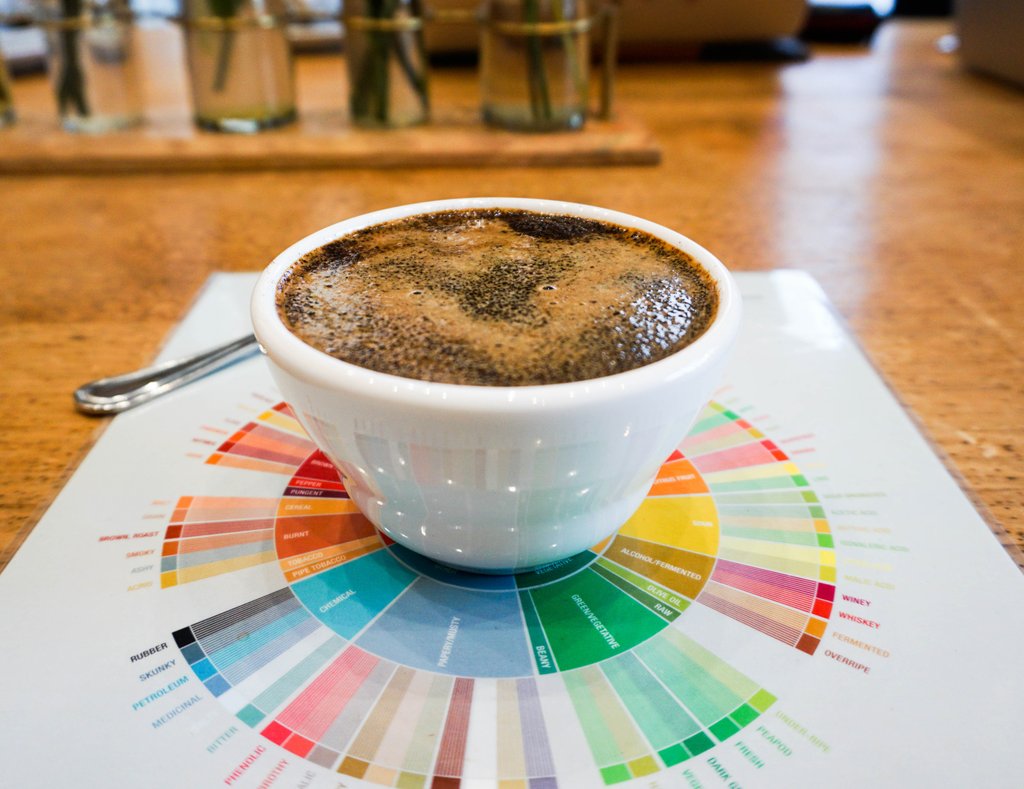
In addition to sour taste, there is also sweet taste.
In addition to sucrose, which already exists in raw beans, there is also caramel produced by caramelization, which is the source of sweetness in coffee. So roasting proper coffee does not require additional sugar, because its own sweetness is enough, and the aroma of caramel at the bottom of the cup is charming.
Bitterness is mainly divided into two parts: quinic acid is produced during baking, which is a source of bitterness; the other is that at the end of the caramelization reaction, coffee beans change from light brown to dark brown, and caramel carbonization produces a bitter taste.
The former is possible in the process of baking, while the latter depends on the degree of baking.
The degree of mellowness depends on the content of coffee oil. The oil content of different kinds of beans is different, and the amount of oil dissolved in coffee is also different in different extraction methods, which mainly affects the thickness and plumpness of coffee in the mouth.
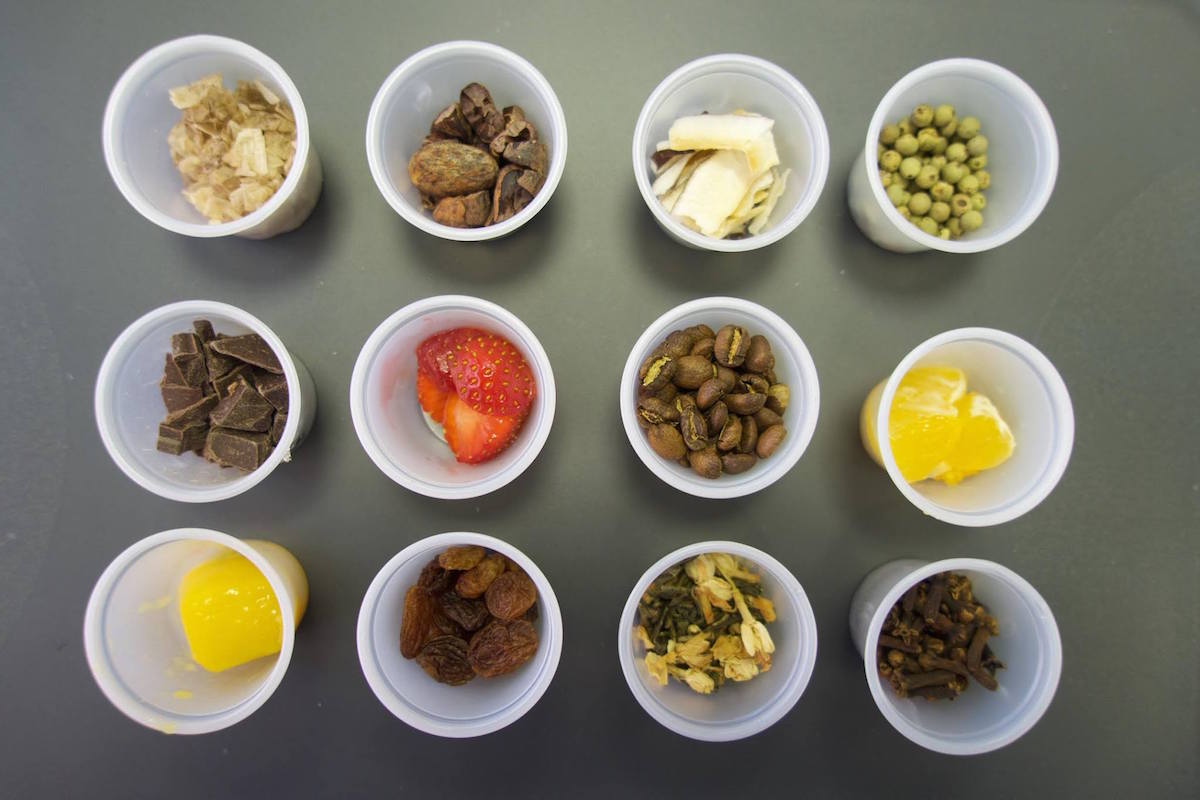
In the past, coffee shops sold individual beans, probably introducing sweet, sour and bitter fragrance to consumers in a quantitative way. Today's boutique coffee shops realize all the flavors they feel.
In other words, you may see the following words: "litchi", "citrus", "berries", "honey", "bergamot".
These are the bakers after baking beans, their own cup test or brewing, will feel the flavor, combined into ordinary people can understand and easy to associate with the adjectives. In other words, this is a rather subjective sense of faculties.
A Lenovo's "litchi" may refer to the sweet and sour feeling.
B Lenovo's "lychee" may refer to that special aroma.
This is especially mentioned because this sense of faculties may be inaccurate because of preconceived relationships. For example, A tells B that this glass of Yega Chuefei has the aroma of bergamot, and B will involuntarily associate it with bergamot and agree with A.
Of course, in the case of beginners or poor sensitivity or analytical ability to taste, it is a good training to discuss with others or follow the shop owner's description to pursue that flavor, but the correlation with taste is not your own. When there is no one to discuss or no introduction, it will stare again and again.
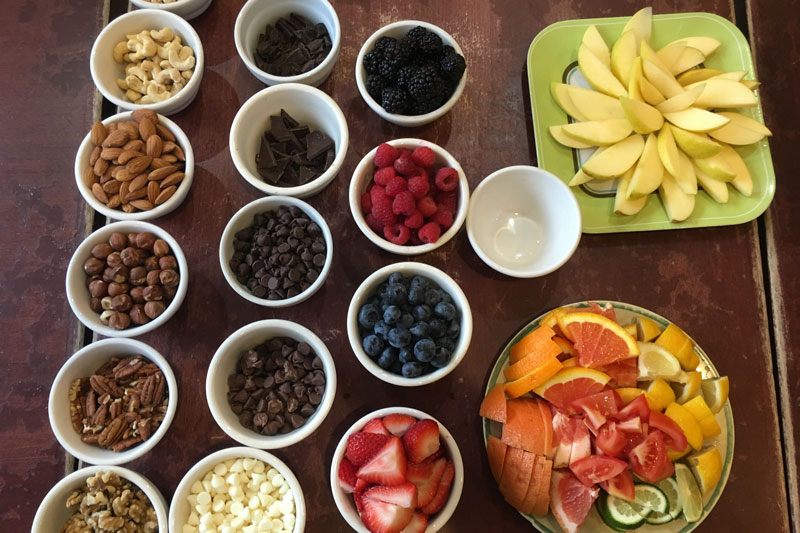
So it's time to construct your taste memory:
What's the taste of fresh blueberries? What's the difference with blueberry jam?
What's the difference between green apples and ripe apples and apple stuffing?
What's the difference between mango and dried mango?
What does the fragrance of sweet osmanthus look like? What does the scent of jasmine look like?
Only after you understand and remember these taste elements, can you identify and describe them when you come into contact with similar flavors.
This kind of taste memory training in addition to the usual more contact and try, there is another way: like learning wine, smell "smell bottle".
The smell bottle contains all kinds of smells in a bottle, which allows you to smell and remember quickly, but one set is not cheap. Fortunately, there are many teaching courses available, but there is no need to buy one yourself.
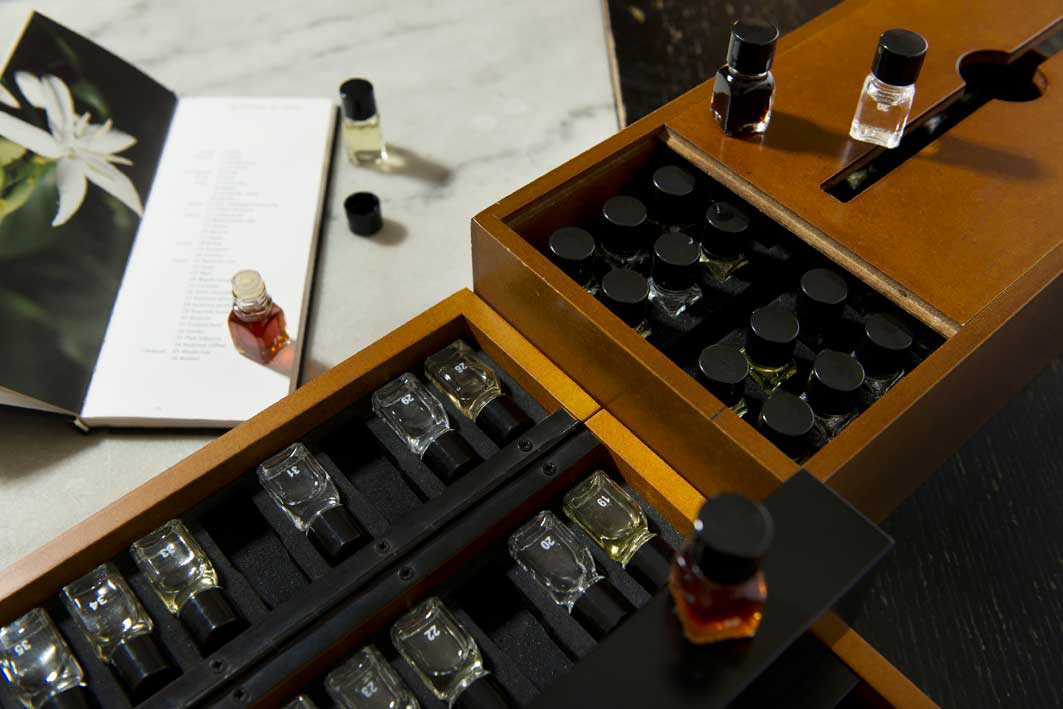
Having said so much before, it's time to introduce how to taste it.
1. "dry aroma"
Before cooking, first smell the aroma of freshly ground coffee powder, you can initially judge the acidity of the beans from the sour aroma, and the rest are roasted nuts and wood aromas.

two。 "Wet aroma"
If you brew it yourself, you can smell the aroma of the brewing process; if you are in a coffee shop, smell the aroma that has just been cooked and brought up.
When the temperature is high, some delicate aromas will be covered by moisture and are not easy to detect, so it is recommended to smell them at different stages at high temperature (60 / 40), medium temperature (30 / 40) and low temperature (12 / 25), and there will be different discoveries.
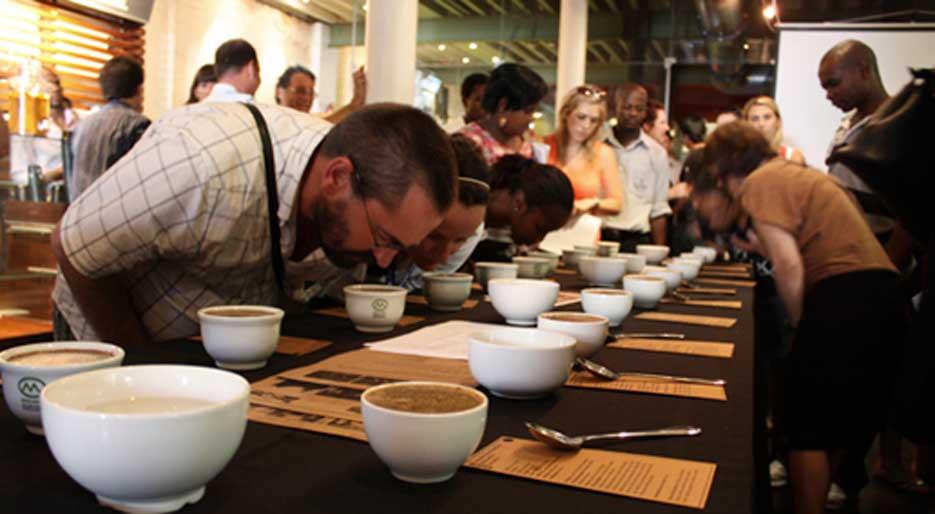
3. "the first bite"
Generally speaking, the "first bite" will be the most vivid time to feel, so before drinking the first sip, it is best to rinse your mouth with water and make sure that you have not eaten food that is too strong just now, otherwise the taste will be paralyzed before the taste will affect the aftertaste and will affect the taste judgment.
The weight of the entrance is not too much, just can slide across all the surfaces of the mouth, you can feel the intensity of sweetness, the distribution and strength of sour taste. Feel bitterness and residual smell in the throat at the moment of entering the throat.
As far as the cup test is concerned, the entrance of the coffee is sipped to allow the coffee to mix with the air while inhaling the coffee. The rapid air flow will produce a "whew" air sound, which not only allows the coffee to spray into the mouth in a fog, but also maximizes the release of the smell. However, do not use this technique to drink coffee normally in a cafe-so as not to scare others.
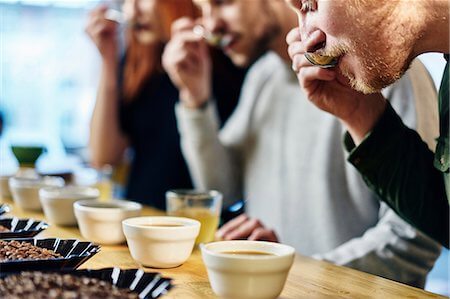
4. Yu Yun
When the coffee is ingested and swallowed, there is still a part of the coffee liquid attached to the mouth and throat, and the aftertaste refers to the aftertaste and aroma of the coffee left in the cavity wall. The aftertaste may be like longan or nuts, and if you want to feel the fragrance, you can do an action: like yawning, but close your lips so that the exhaled gas will pass through the throat and circle around the mouth before coming out of the nasal cavity. In this way, you can feel the fragrance from the nose: it may be like cream, strawberries or wood incense.
The feeling of each tasting style can be used to judge the advantages and disadvantages of this bean, according to the SCAA score table:
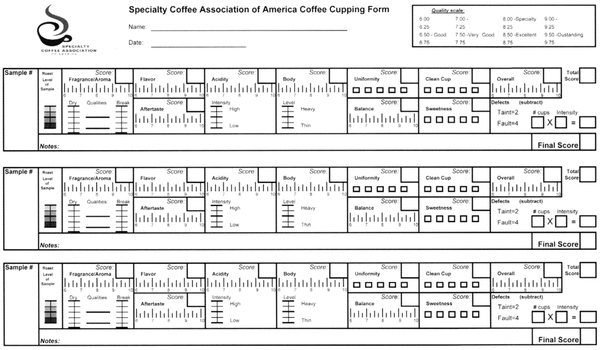
Is to quantify the sense of taste and smell, and finally calculate the score of this bean to judge whether it is fine coffee or not. This score is also a symbol of the price of this bean.
However, the editor thinks that this is the same as the red wine score: beans with high scores do not necessarily like beans with low scores. It all depends on your sense of taste.

Finally, the most important thing is to enjoy this cup of coffee with a joy, the courage to try, without any default position, and make it your experience. This is what you need most to taste coffee!
END
Important Notice :
前街咖啡 FrontStreet Coffee has moved to new addredd:
FrontStreet Coffee Address: 315,Donghua East Road,GuangZhou
Tel:020 38364473
- Prev

Brazilian coffee beans, Brazilian origin, Brazilian flavor.
When it comes to Brazilian coffee, we all know that Brazil is the world's largest coffee producer and the world's second largest coffee consumer (the first is the United States), so where does Brazilian coffee come from? What are the coffee producing areas and famous estates in Brazil? Which varieties are mainly planted and how to grade them? Today, the editor is here to share with you the World Coffee Tour Coffee Giant Ba.
- Next
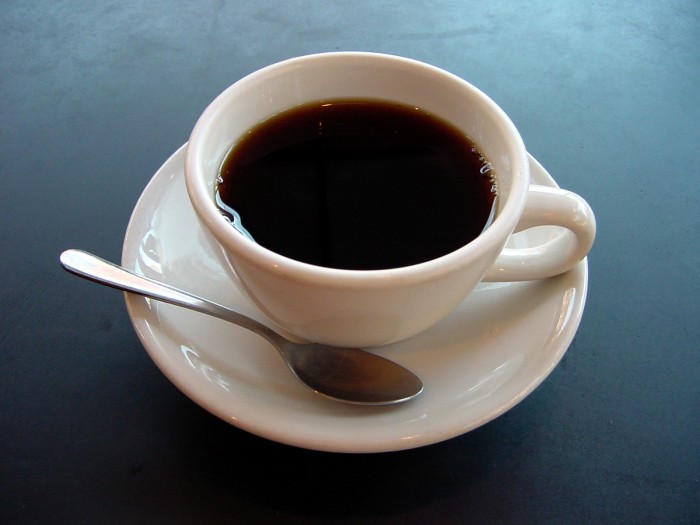
Sober without coffee? Coffee is enough to alert the brain, study says
Weixin Official Accounts cafe_style If you forget to buy more coffee and still have a bottomed cup of coffee, the good news is that just seeing coffee or something that reminds you of it is enough to stimulate your mind, according to a new study. Coffee is known for its effects on alertness and concentration.
Related
- How did the Salvadoran coffee industry develop in Central America?
- What exactly does the golden cup extraction of coffee mean?
- The Origin of Coffee flower
- [2023 Starbucks World Earth Day] there are more meaningful things besides free Starbucks coffee!
- What kind of coffee is there in Spain? 9 Flavors of Spanish Coffee
- Aromatic African coffee| Kenya's coffee culture and historical production area
- Liberica Coffee Bean knowledge: the characteristics of Liberian Coffee beans of the three original species of Coffee beans
- The origin and formula of Spanish latte introduces the taste characteristics of Bombon coffee in Valencia, Spain.
- How to adjust the solution of over-extracted coffee
- What is the tasting period of coffee beans? What is the period of coffee and beans? How should coffee wake up and raise beans?

